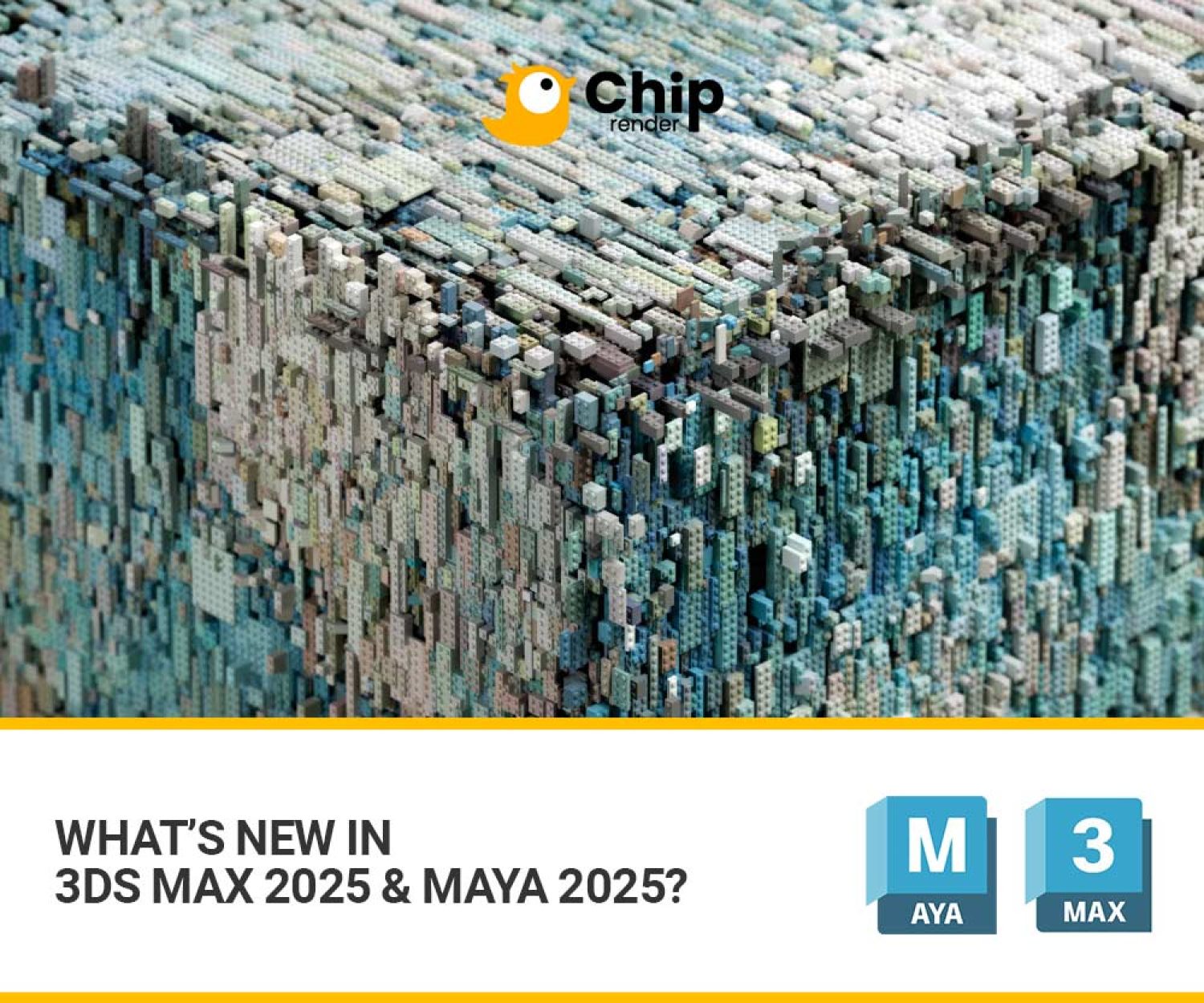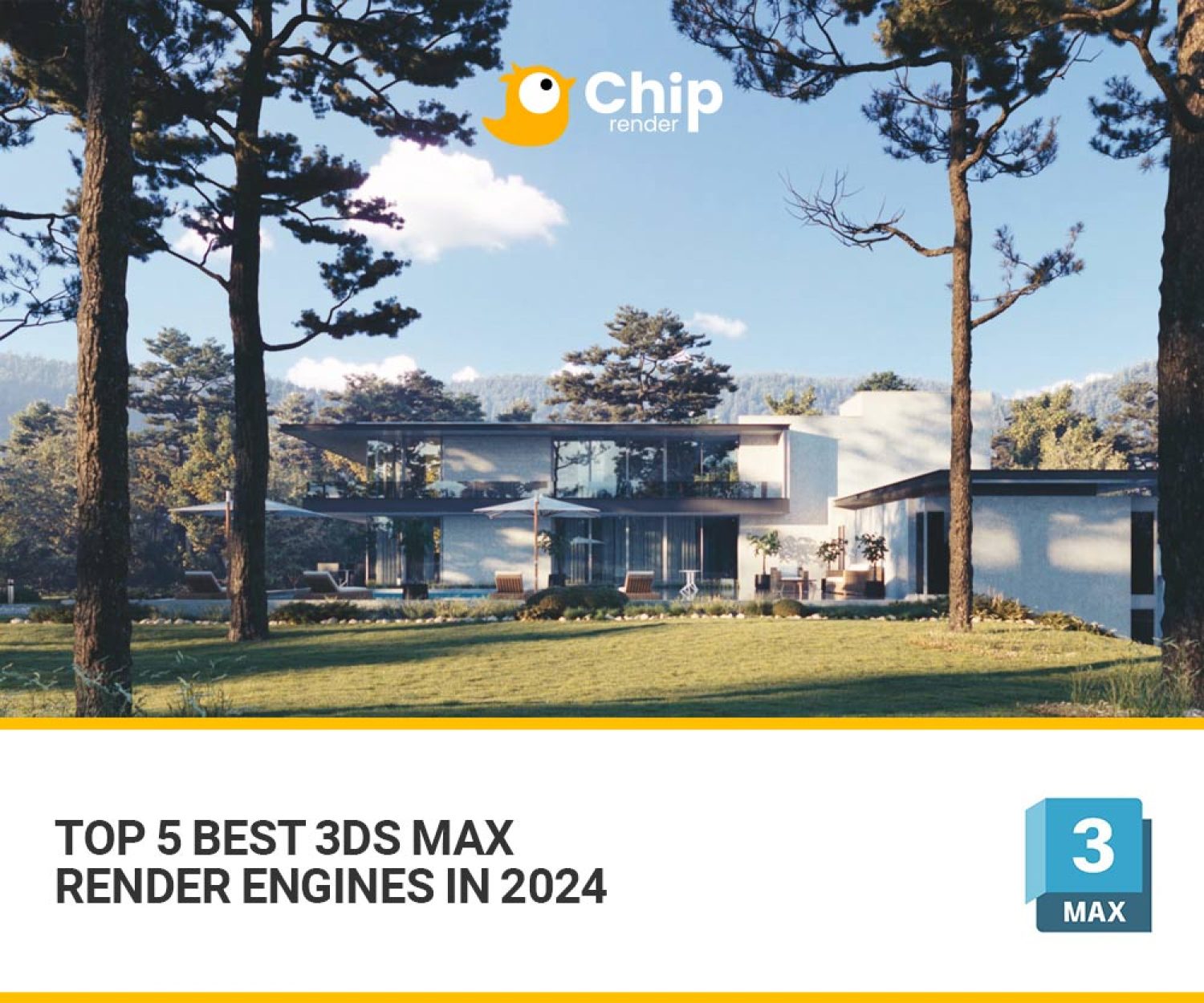3ds Max 2025 and Maya 2025 are here. Autodesk states that both updates support open standards, strengthen content creation tools, and unify workflows and data across entire production pipelines, empowering its users to collaborate better and work smarter.
In this post, Chip Render will discover what’s new in 3ds Max 2025 and Maya 2025, along with their top highlights.
What’s new in 3ds Max 2025?
To begin with, we will discover the top highlights in 3ds Max 2025. From open-source technologies such as OpenColorIO and OpenUSD to modeling and rendering toolsets.
Color Management Workflows

OpenColorIO
Let’s start with Color Management. In 3ds Max 2025, OpenColorIO is now the default mode for Color Management in new scenes. This makes it easier than ever to implement a modern color pipeline.
The VertexPaint tool is also now color-managed. Plus, the new Color Space Conversion process operator can be applied to Data Channel modifiers, which allows you to convert color data from one rendering space to another.
Bake to Texture Tool
The Bake to Texture tool enables you to select color space for output files and more.
OpenUSD Workflows
In 3ds Max 2025, you can continue working more seamlessly across animation workflows with OpenUSD. This latest release allows you to import animation such as animated lights, cameras, and blendShapes.
You also enjoy additional functionality when using the Material Switcher in order to accommodate the use of multi/sub-object materials when exporting a USD file.
Modeling
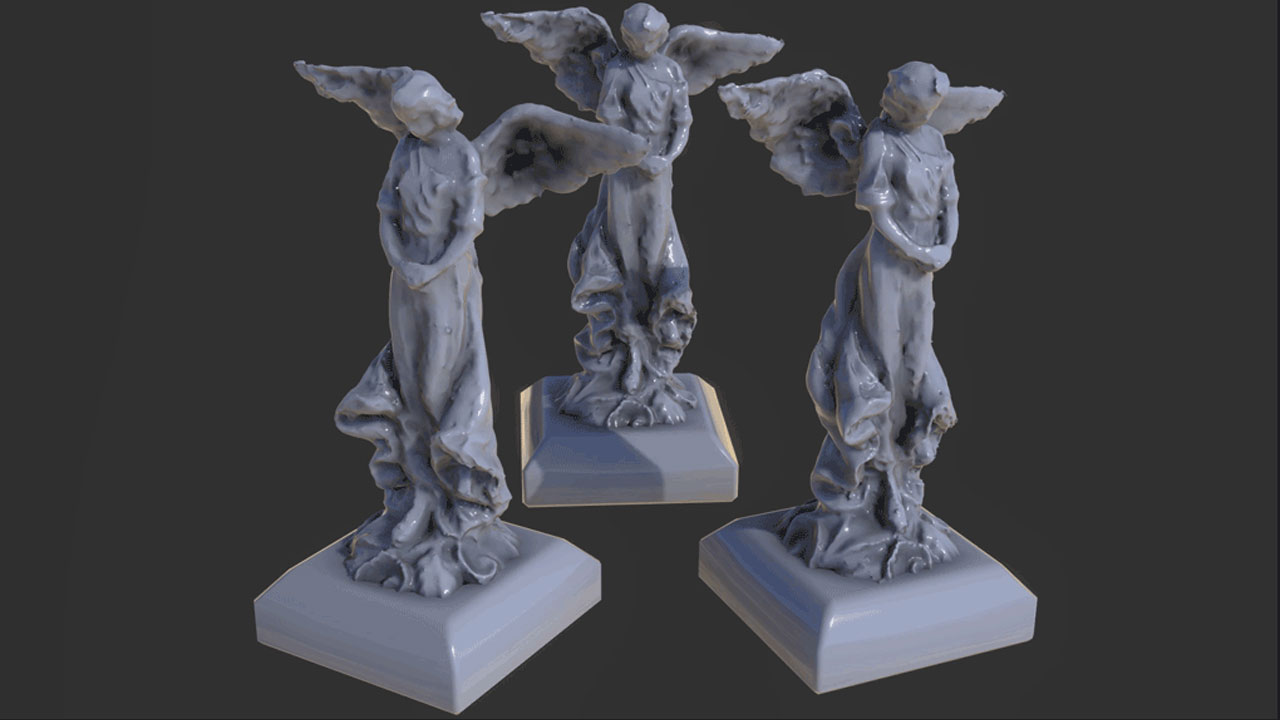
Retopology
3ds Max 2025 provides modeling with speed using updated repotology tools. Preprocessing is now available as a standalone option from the algorithm menu options. When in use, it only performs the preprocessing step, giving you a triangulated output result.
OpenVDB remeshing is also available from the algorithm menu options. It allows you to remesh the selected data using OpenVDBs Volume-to-Mesh conversion, which reconstructs water-tight geometry using Signed Distance Fields (SDF) grids.
Rendering
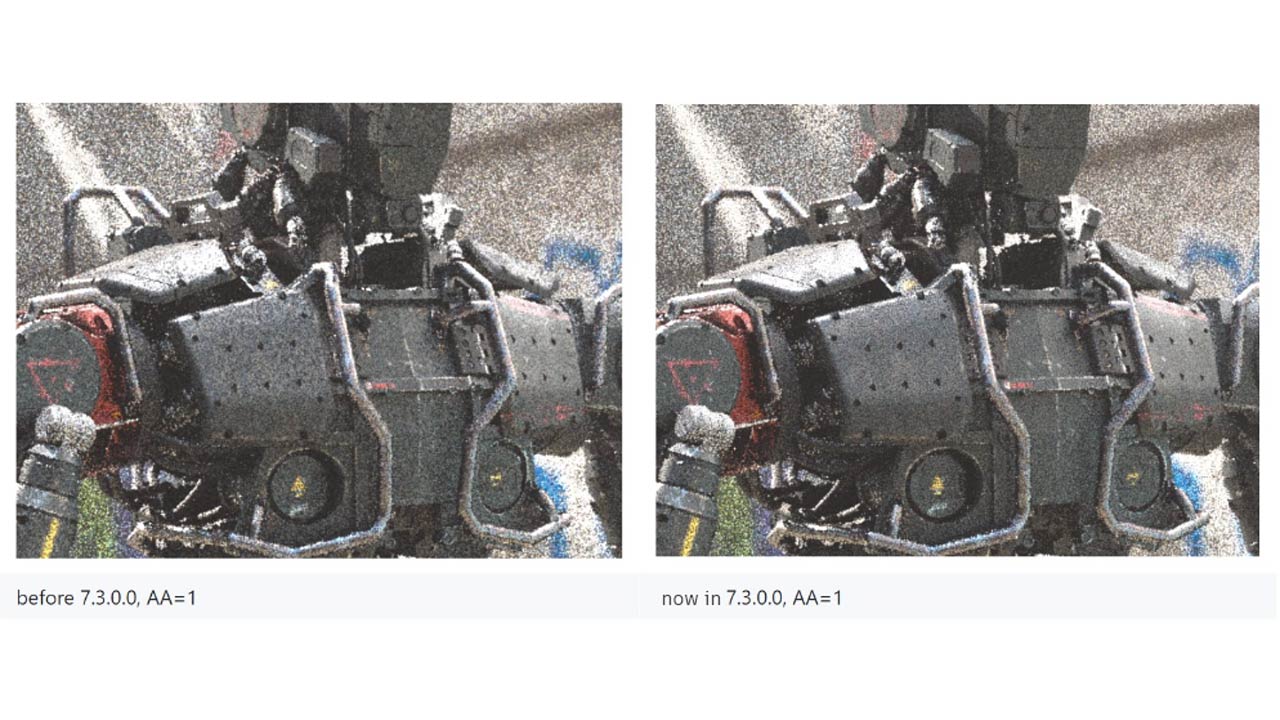
Arnold GPU Renderer
The latest update brings an overhauled GPU renderer in Arnold, so you now can render in a flash. In particular, 3ds Max 2025 brings multiple improvements in startup times, rendering time, and lower GPU memory usage.
Global Light Sampling
Global light sampling is now also supported in Volumes. As a result, even scenes with only a few lights are faster to render.
Artist Workflows
Updated Global Search
You now also work in a sleek interface with a modernized and expanded global search function. It gives you a thorough list of tools, functions, commands, and settings at your fingertips.
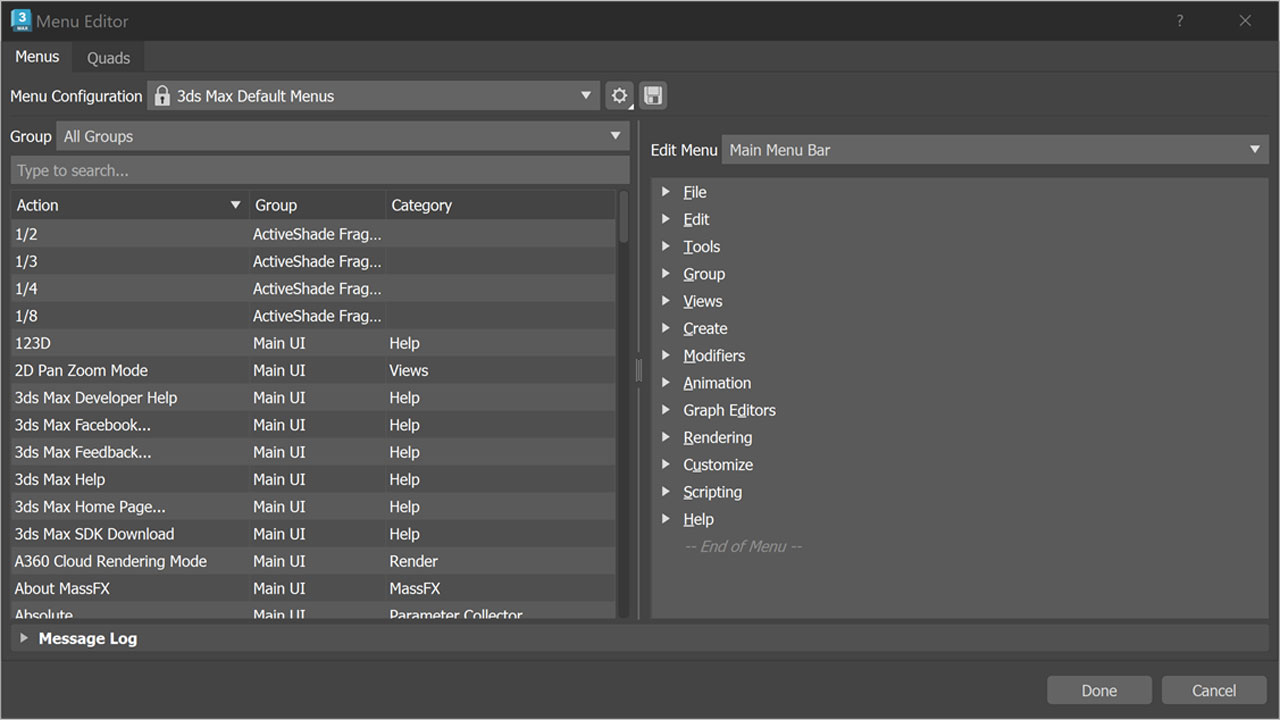
Menu Editor
In addition, the new Menu Editor lets you customize your workspace. In particular, easily customize 3ds Max menus and quad menus.
What’s new in Maya 2025?
Next, we will discover the top highlights in Maya 2025. From animation, modeling, and simulation to open-source technologies such as LookdevX and MayaUSD.
Animation
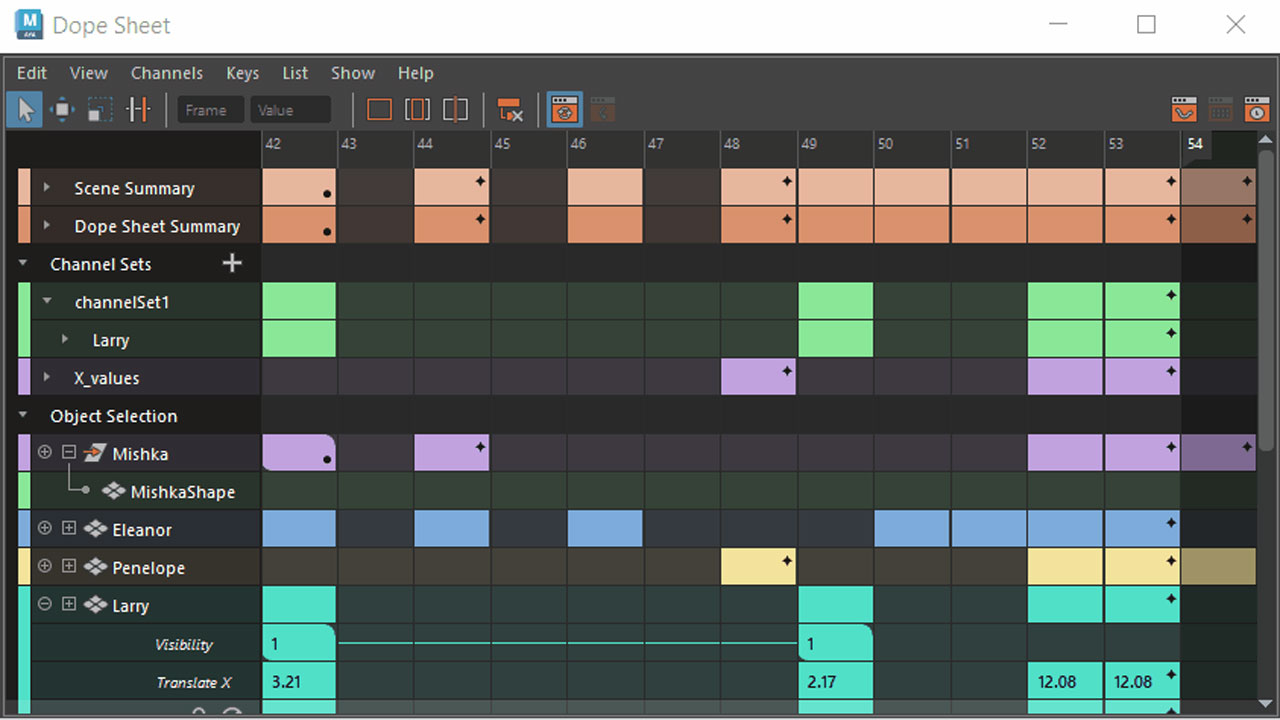
Redesigned Dope Sheet
The Dope Sheet Editor has been completely redesigned in Maya 2025. It enables animators to manage large-scale animation changes more effectively. Along with the customizable color palette to visually distinguish different sets of keys, the new Dope Sheet Editor debuts a custom channel sets feature. This means you can now create sets of commonly used animation controls which you can easily flip between, without having to touch the viewport.
Deformation Manager
Maya 2025 also introduces a new Deformation Manager to the Attribute Editor for deformed objects. You now can quickly access all important information, manage each deformer and topology modifier affecting an object, and reorder deformers. As a result, you will save time and focus on ideating and creating.
Motion Trail Editor
Moreover, you can find new and faster Motion Trail tools such as different draw styles and modes in a new single location. In particular, you can access the Motion Trail Editor in the Visualize menu or on the Animation shelf.
Modeling
Smart Extrude
The Smart Extrude tool, which was originally introduced in 3ds Max, is now available in Maya 2025. It brings all the modelers out there the Extrude tool they have always wanted but never had. Smart Extrude lets you extrude faces on a mesh flexibly and predictably, therefore, minimizing manual cleanup of resulting geometry.
Bevel Filtering
For zero friction modeling, the Bevel node can now filter input edges in multiple ways such as Selected Edges, Hard Edges, or Edges by Angle or Filter Angle.
Bevel Boolean Intersections
In Maya 2025, Bevel now works with Boolean objects. If you adjust the input meshes in the Boolean node, the Bevel will automatically update, affecting only the new intersection edges as they change.
Simulation

Bifrost Ocean Simulation System
Bifrost Ocean Simulation System, also known as BOSS, is integrated into the Bifrost graph as an updated modular design. It supports 2D foam simulations and geometry displacement for waves.
The included Bifrost Browser examples will get you up and running quickly. They demonstrate a procedural ocean tool ready for you to customize and deploy across your production.
Liquid Meshing
In-graph Liquid Meshing tools are now also in the Bifrost graph. This modular compound is designed to work with imported .BIF caches from Bifrost liquids in Maya.
Material Authoring
For look development artists, the latest update to LookDevX integrated with OpenUSD introduces an exciting new feature. That is the support for the native MaterialX data model. You can now import, export, and edit MaterialX files, and assign MaterialX materials directly to Maya geometry.
In addition, you can easily start the MaterialX workflow by choosing the data model from the start screen or the graph tab. Other exciting changes are new automatic data structures (MaterialX Stack and MaterialX Document) when creating MaterialX materials.
OpenUSD Workflows
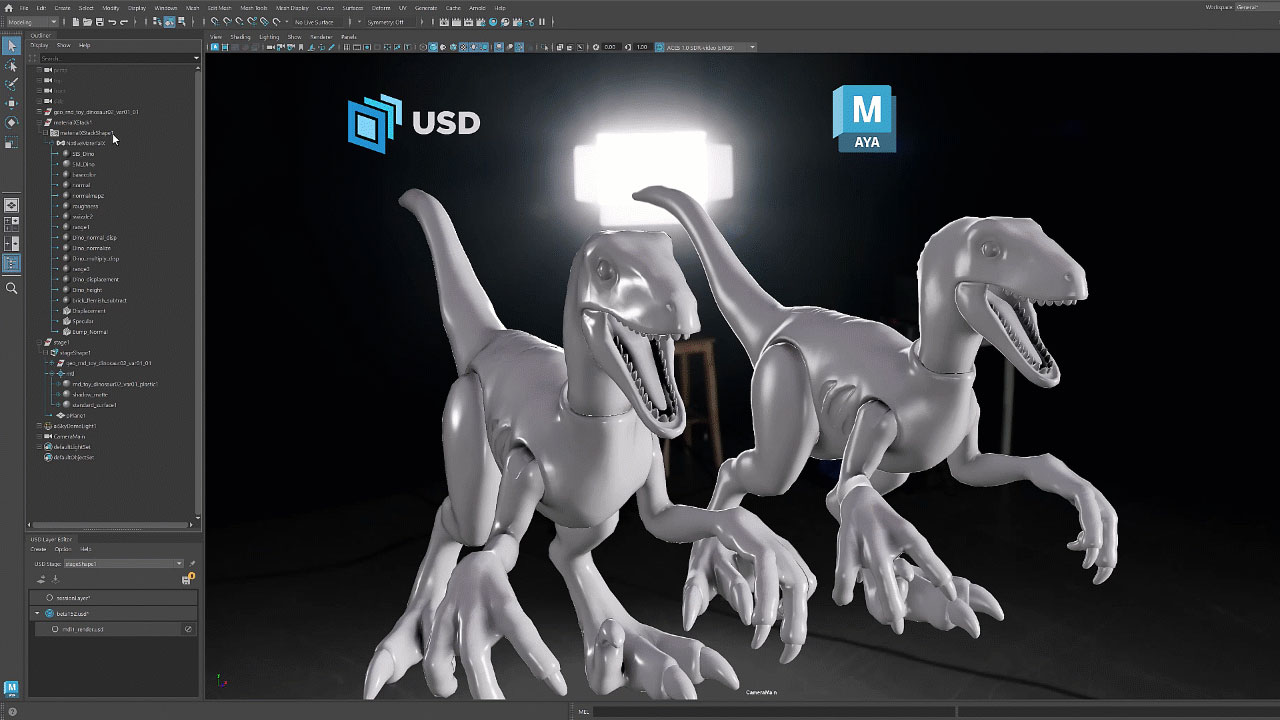
OpenUSD integration continues to get stronger with Maya 2025. It brings the ability to load and unload multiple prims simultaneously and use the Universal Manipulator for prim manipulation.
Rendering

Finally, when you are ready to render your creations, Arnold GPU will do it in a flash. The GPU renderer in Arnold was overhauled, bringing important improvements in startup time and rendering speed.
Some thoughts on 3ds Max 2025 & Maya 2025 Update
In summary, 3ds Max 2025 and Maya 2025 deliver continued support for open standards and improved modeling, animation, simulation, look development, and rendering capabilities.
- The collaboration with open standards has been improved, including the new OpenColorIO support in 3ds Max, LookdevX enhancements in Maya, and OpenUSD improvements in both tools.
- You will also work smarter with new productivity tools. Those include a new Smart Extrude tool, Motion Trail Editor, and a completely redesigned Dope Sheet in Maya; Retopology and Global Search enhancements in 3ds Max; as well as Arnold GPU Renderer Overhaul in both tools.
- In Maya 2025, new procedural tools in Bifrost such as BOSS and Liquid meshing help you automate content creation.
To see a full list of new features and improvements, you can visit the 3ds Max and Maya page.
 Chip Render Farm supports 3ds Max and Maya Rendering with its integrated Arnold Renderer and other render engines such as V-Ray, Redshift, OctaneRender, Corona Renderer, and more. Join Chip Render now and cut your render times several times with just a small investment from $2.9. With Chip Render, you have your own Cloud Workstation and leverage 1/2/4 x GPU RTX 3090 servers for rendering 3ds Max and Maya projects.
Chip Render Farm supports 3ds Max and Maya Rendering with its integrated Arnold Renderer and other render engines such as V-Ray, Redshift, OctaneRender, Corona Renderer, and more. Join Chip Render now and cut your render times several times with just a small investment from $2.9. With Chip Render, you have your own Cloud Workstation and leverage 1/2/4 x GPU RTX 3090 servers for rendering 3ds Max and Maya projects.

